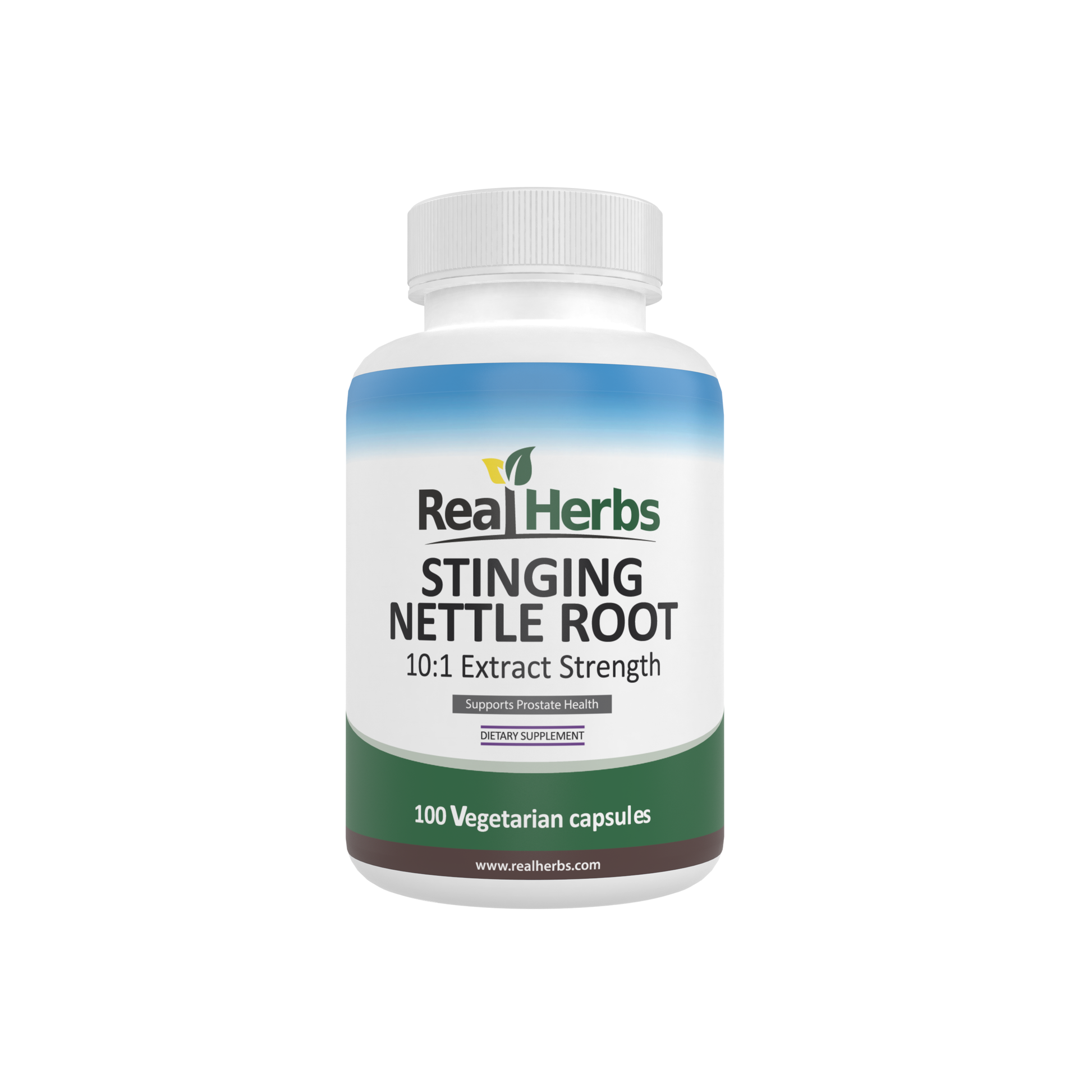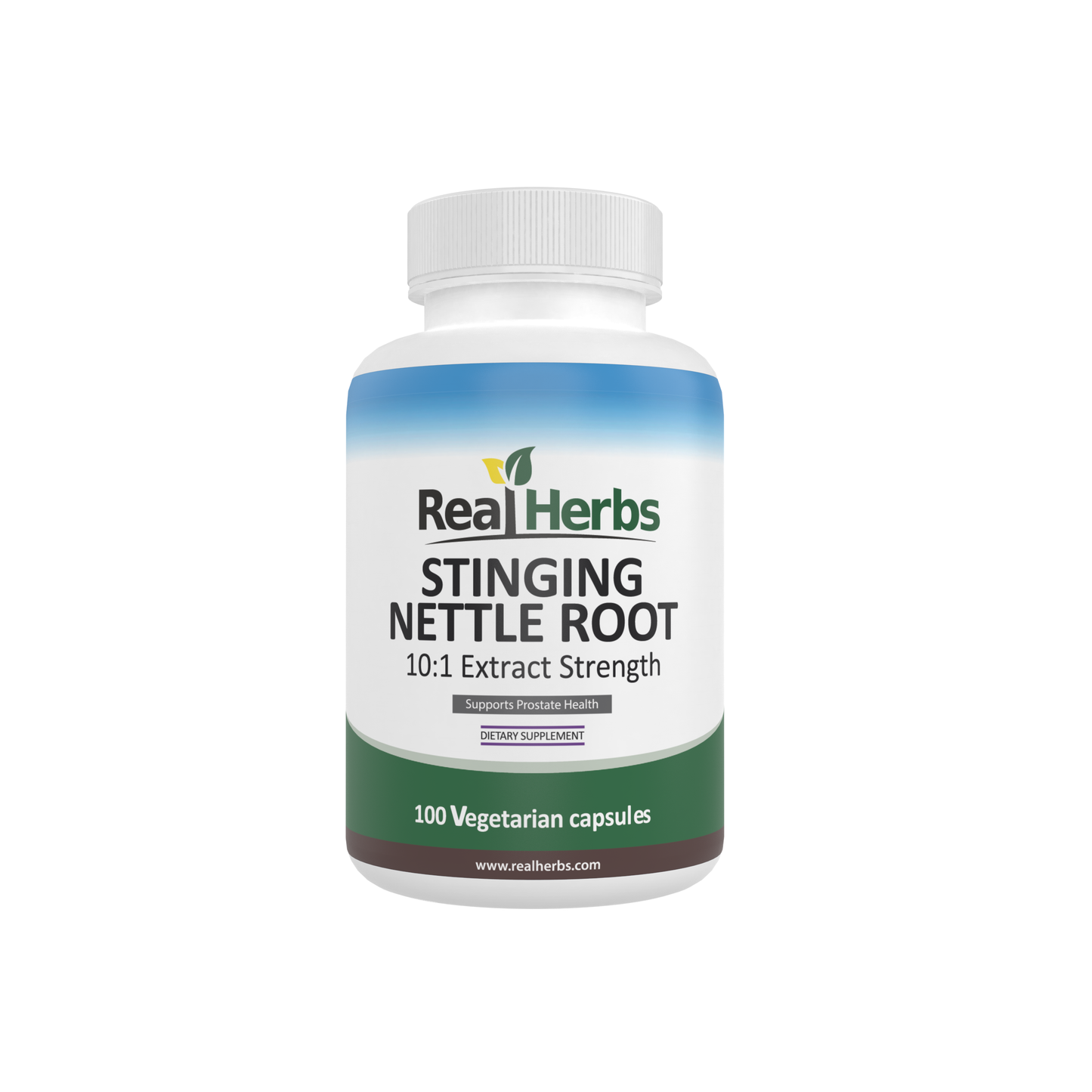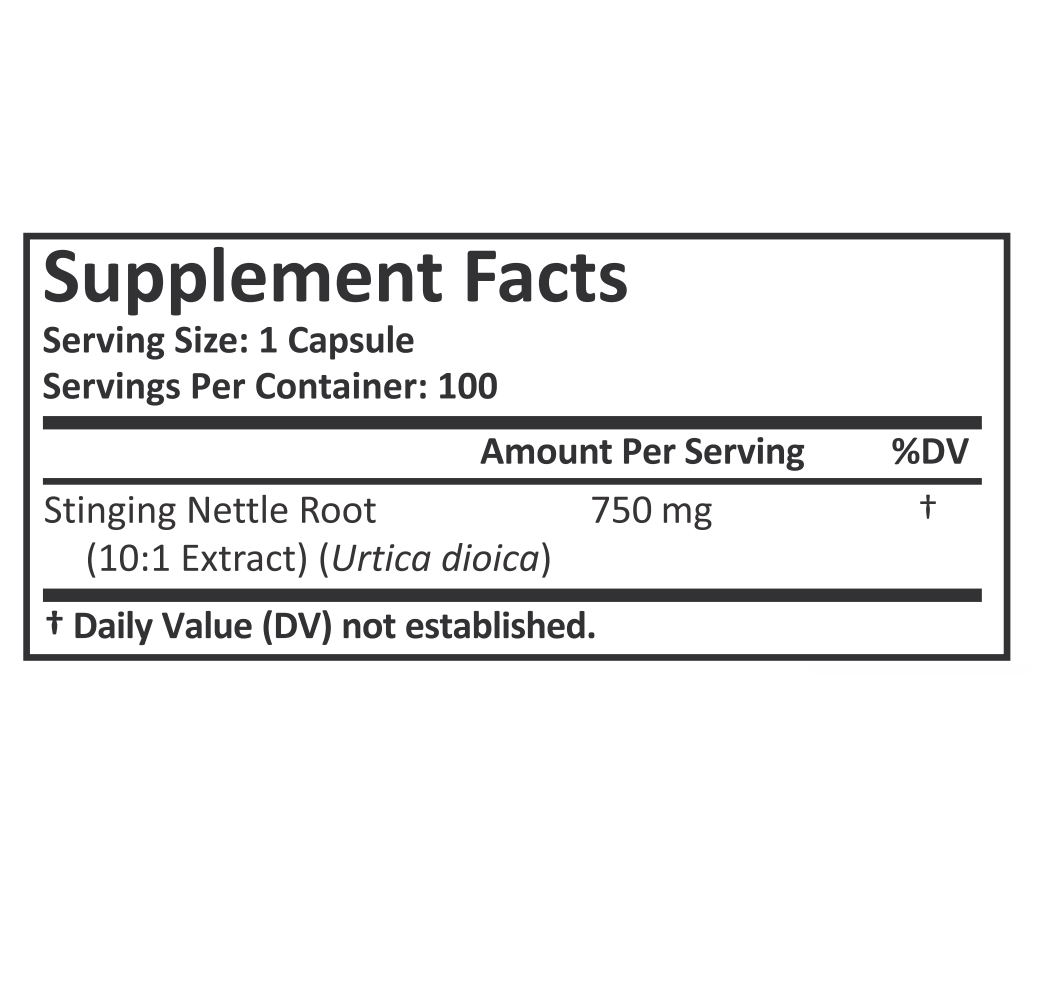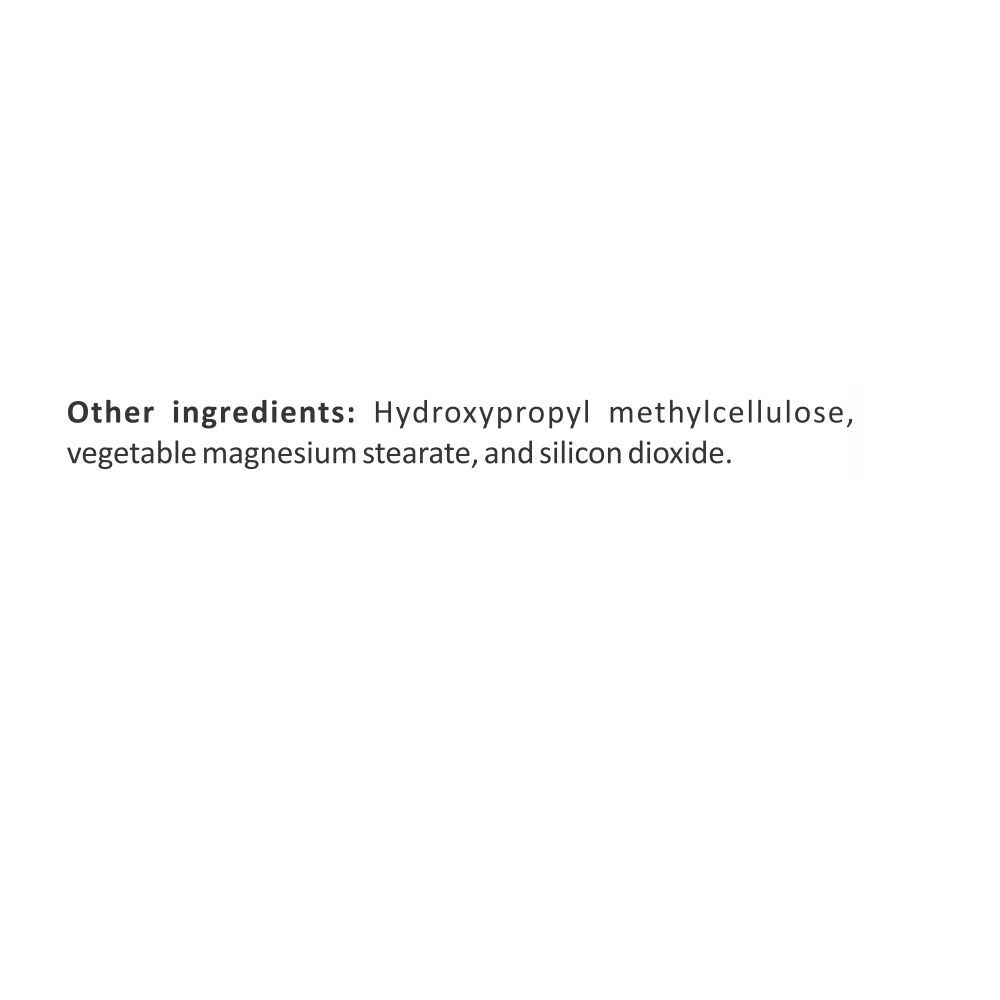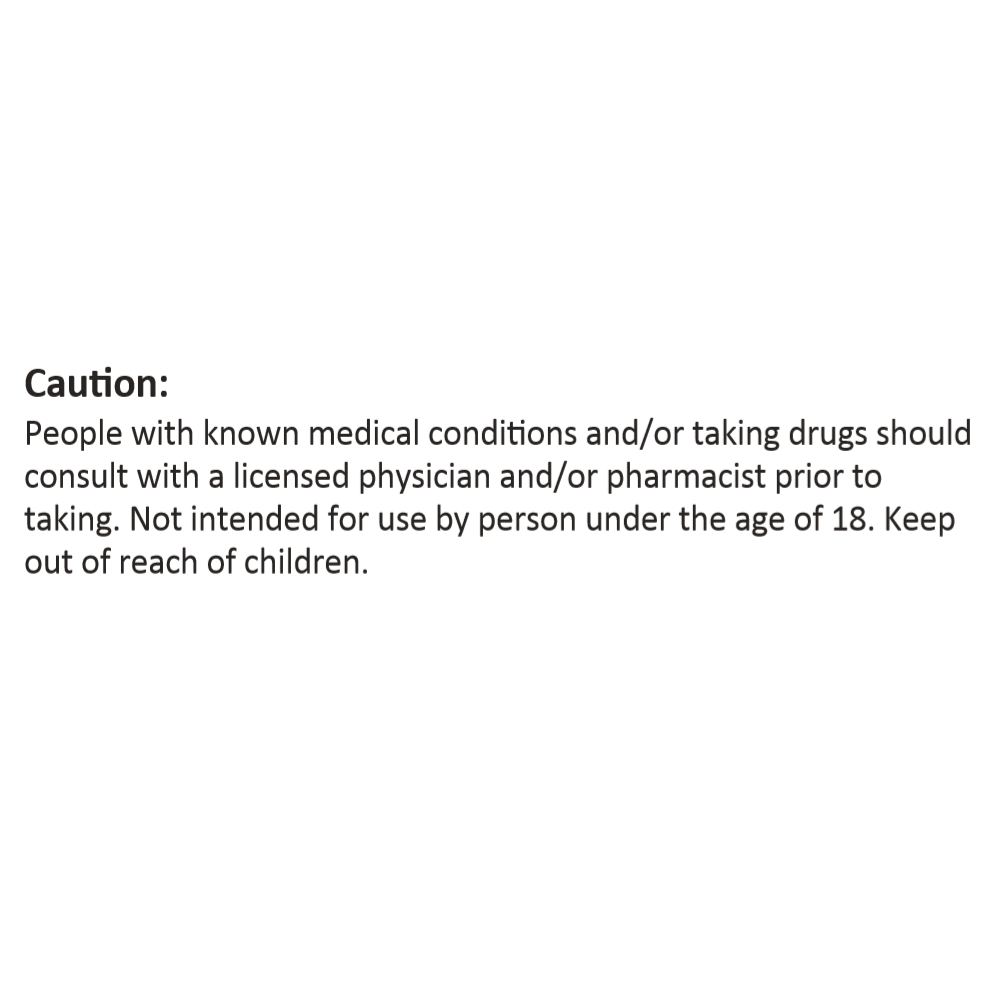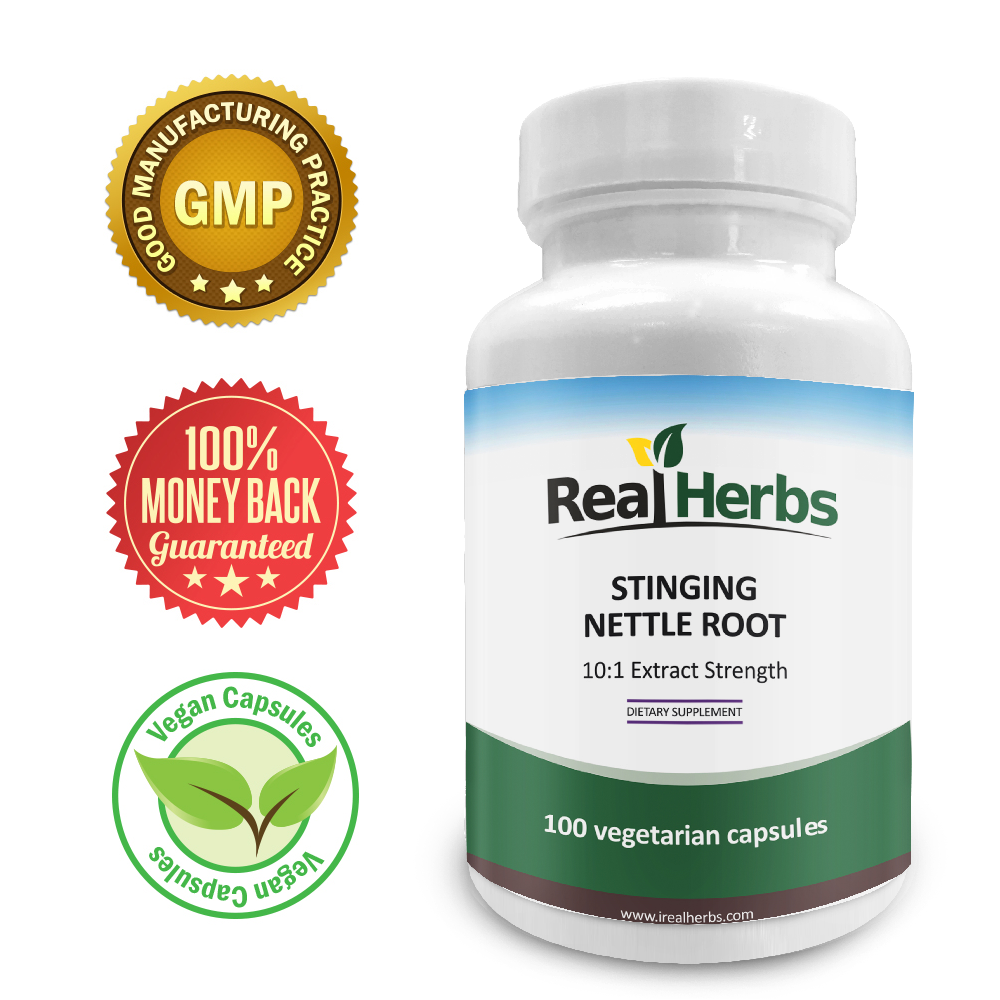Introduction
Cancer, a complex and challenging adversary, often requires a multifaceted approach to treatment and support. In recent years, there has been a growing interest in integrative approaches that combine conventional medical treatments with complementary therapies. Among these complementary therapies, the use of botanicals and herbs has gained attention for their potential role in supporting cancer patients.
One such botanical that has emerged in the spotlight is stinging nettle root. While stinging nettle has a rich history in traditional medicine, its application in integrative cancer support is a subject of contemporary research. In this article, we delve into the current scientific understanding of stinging nettle root and its potential implications in the realm of cancer care.
Before we explore the recent research findings, let's lay the groundwork by understanding the properties of stinging nettle root, its historical uses, and the broader context of integrative cancer support. By examining the scientific evidence and clinical studies, we aim to provide a nuanced perspective on the role of stinging nettle root in the holistic approach to cancer care.
As with any integrative approach, it is crucial to approach these discussions with a sense of openness and a commitment to evidence-based practices. Let's embark on this exploration of stinging nettle root and its potential contribution to integrative cancer support, keeping in mind the ongoing evolution of our understanding in the dynamic field of oncology.
Stinging nettle (Urtica dioica) has a long history of use in traditional medicine, with its roots, leaves, and stems valued for various therapeutic purposes. The plant is native to Europe, Asia, and North America and is well-known for its characteristic stinging hairs that can cause temporary discomfort upon contact.
In traditional medicine, stinging nettle has been utilized for its potential diuretic, anti-inflammatory, and antioxidant properties. The root, in particular, has gained attention for its diverse range of bioactive compounds, including but not limited to polyphenols, lectins, and lignans.
While the historical uses of stinging nettle are diverse, the focus on its role in cancer support has intensified in recent years. This has been prompted by an increased awareness of the potential synergy between conventional cancer treatments and complementary therapies.
Cancer and Integrative Approaches
Cancer, a complex and heterogeneous group of diseases, often necessitates a comprehensive approach to address the physical, emotional, and psychological aspects of the illness. Integrative cancer support involves combining conventional medical treatments, such as surgery, chemotherapy, and radiation therapy, with complementary therapies.
Integrative approaches aim to enhance the overall well-being of cancer patients, mitigate side effects of treatments, and potentially improve treatment outcomes. These approaches may encompass lifestyle modifications, nutritional interventions, mind-body practices, and the incorporation of botanicals and herbs.
Stinging Nettle Root and Cancer
The potential role of stinging nettle root in integrative cancer support has drawn attention due to its diverse array of bioactive compounds and historical use in traditional medicine. While the exploration of its effects on cancer is still in its early stages, preliminary research suggests intriguing possibilities.
Recent studies have investigated the impact of stinging nettle root on various aspects of cancer biology. Some research has focused on its potential anti-inflammatory properties, as chronic inflammation is recognized as a contributing factor to the development and progression of certain cancers. Additionally, stinging nettle root has been studied for its potential to modulate immune responses, an aspect crucial in cancer surveillance and defense.
The bioactive compounds found in stinging nettle root, such as lignans and lectins, are believed to contribute to its potential health benefits. Lignans, for example, have antioxidant properties and may play a role in modulating hormonal pathways that could be relevant in certain types of cancer.
It's important to note that while these findings are promising, further research is needed to elucidate the specific mechanisms of action and to determine the potential applications of stinging nettle root in different cancer types.
Stinging Nettle Root and Cancer
The potential role of stinging nettle root in integrative cancer support has drawn attention due to its diverse array of bioactive compounds and historical use in traditional medicine. While the exploration of its effects on cancer is still in its early stages, preliminary research suggests intriguing possibilities.
Recent studies have investigated the impact of stinging nettle root on various aspects of cancer biology. Some research has focused on its potential anti-inflammatory properties, as chronic inflammation is recognized as a contributing factor to the development and progression of certain cancers. Additionally, stinging nettle root has been studied for its potential to modulate immune responses, an aspect crucial in cancer surveillance and defense.
The bioactive compounds found in stinging nettle root, such as lignans and lectins, are believed to contribute to its potential health benefits. Lignans, for example, have antioxidant properties and may play a role in modulating hormonal pathways that could be relevant in certain types of cancer.
It's important to note that while these findings are promising, further research is needed to elucidate the specific mechanisms of action and to determine the potential applications of stinging nettle root in different cancer types.
Conclusion
In the realm of integrative cancer support, the exploration of stinging nettle root represents a dynamic intersection between traditional wisdom and contemporary scientific inquiry. While historical uses of stinging nettle root offer a foundation for its consideration, the current state of research underscores the need for cautious optimism.
Scientific studies, although preliminary, hint at the potential of stinging nettle root in influencing cancer-related pathways. Anti-inflammatory effects, immunomodulation, and antioxidant properties are among the mechanisms under investigation. However, it is crucial to interpret these findings with a degree of skepticism, recognizing that further rigorous research, particularly in the form of well-designed clinical trials, is necessary.
Considerations surrounding the integration of stinging nettle root into cancer care plans emphasize the importance of collaboration between patients and healthcare providers. Open communication, individualized approaches, and ongoing monitoring are essential components of a comprehensive strategy that combines conventional treatments with complementary therapies.
As we navigate the evolving landscape of integrative cancer care, patient experiences provide valuable insights into the practical application of stinging nettle root. These experiences, when shared and discussed within the context of evidence-based medicine, contribute to a more nuanced understanding of its potential benefits and limitations.
In conclusion, while the journey of stinging nettle root in integrative cancer support is still unfolding, it prompts us to continue exploring the synergies between traditional wisdom and modern science. The path forward involves a balanced and evidence-based approach, always guided by the overarching goal of improving the well-being of individuals navigating the complexities of cancer.

